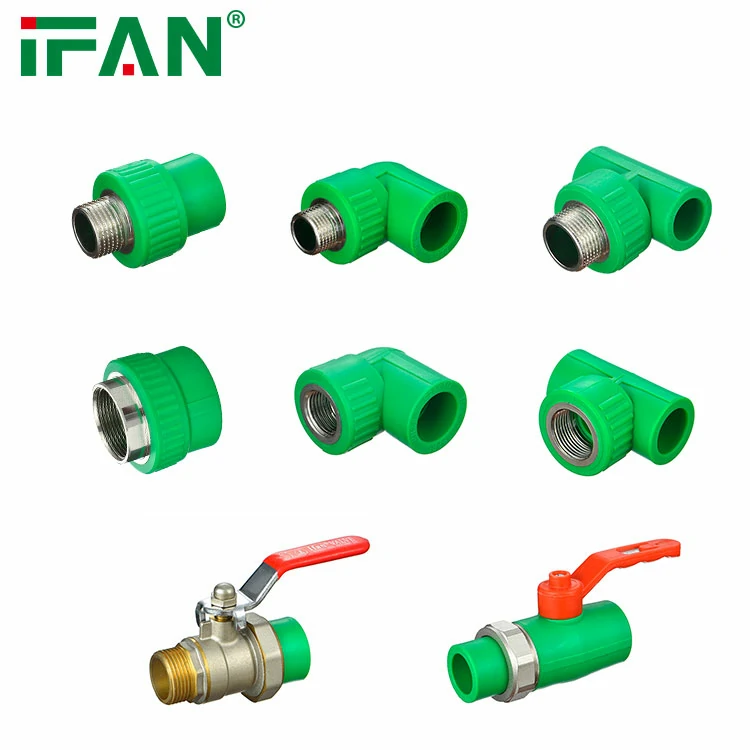Introduction to PPR Lifespan
PPR (polypropylene random copolymer) is known for its durability and longevity in plumbing systems. Its lifespan depends on factors like material quality, installation, and usage conditions. Understanding these factors helps in maximizing its performance.
Material Quality and Lifespan
High-quality PPR is designed to last for decades due to its resistance to heat, chemicals, and physical stress. For example, PPR fittings made from premium-grade materials can last over 50 years in residential plumbing systems.
Installation and Its Impact on Lifespan
Proper installation is crucial for ensuring the longevity of PPR systems. Heat fusion techniques create strong, leak-free connections that enhance durability. For instance, correctly installed PPR fittings rarely fail or require replacement.
Usage Conditions and Durability
PPR performs well in various conditions, including high temperatures and corrosive environments. However, extreme conditions like prolonged UV exposure can reduce its lifespan. For example, PPR pipes used outdoors may degrade faster without protective coatings.
Maintenance and Longevity
PPR requires minimal maintenance due to its resistance to scaling and corrosion. Regular inspections ensure early detection of potential issues. For instance, PPR fittings in water supply systems often remain functional for decades with little upkeep.

Comparison with Other Materials
PPR outperforms many traditional materials like metal and PVC in terms of lifespan. Its resistance to corrosion and high temperatures makes it a preferred choice. For example, PPR fittings last longer than metal fittings in corrosive water systems.
Applications and Lifespan
PPR is used in residential, commercial, and industrial plumbing systems. Its lifespan varies based on the application and stress levels. For instance, PPR fittings in underfloor heating systems often last longer than those in high-pressure industrial systems.
Environmental Factors
Environmental conditions like temperature fluctuations and chemical exposure affect PPR’s lifespan. Proper insulation and material selection mitigate these effects. For example, PP-R pipes in cold climates require insulation to prevent brittleness.
Conclusion
PPR is a durable and long-lasting material for plumbing systems, often exceeding 50 years in optimal conditions. Factors like material quality, installation, and usage conditions influence its lifespan. PP-R fittings ensure reliable and efficient performance in various applications. Understanding these factors helps in maximizing the lifespan of PP-R systems for sustainable plumbing solutions.

